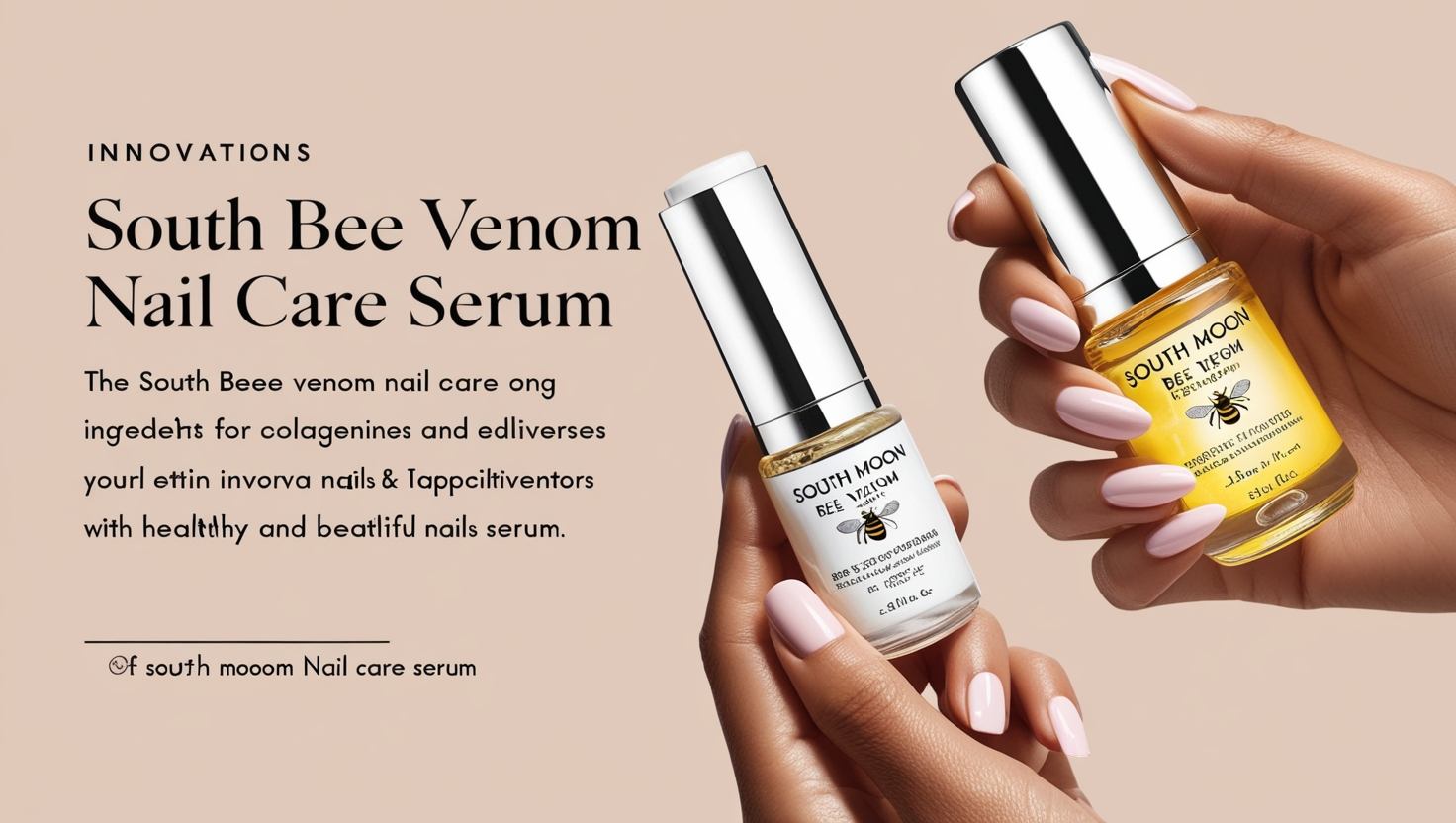Introduction
Collecting hair samples from brushes research IRB guidelines is essential for ethical research involving human participants. Collecting Hair Samples from Brushes Research IRB Guidelines are valuable in various fields of study, including forensic science and anthropology, also in, environmental studies, and medical research. Since hair contains critical biological data, such as DNA, hormones, and environmental toxins, it offers a non-invasive method for obtaining information about an individual’s health, lifestyle, and genetic makeup. However, adhering to the ethical framework established by institutional review boards (IRBs) is crucial when conducting such research, ensuring the participants’ safety, rights, and privacy.
The Importance of Informed Consent
Hair samples from brushes are collected in any study involving human subjects, and research IRB guidelines require researchers to obtain informed consent. Participants must be fully aware of how their hair samples will be used, the purpose of the research, and any potential risks or benefits. Informed consent is a cornerstone of ethical research, guaranteeing that individuals voluntarily agree to participate in the study. The guidelines also emphasise the need for transparency in explaining the research process, ensuring participants understand the implications of their involvement and that they can withdraw without penalty.
Ensuring Privacy and Confidentiality
Confidentiality is another critical consideration for collecting hair samples from brushes research IRB guidelines. Hair samples contain sensitive biological information that could be linked to personal identifiers, making it necessary to safeguard participants’ privacy. Researchers are responsible for anonymising the data, removing personal identifiers, and ensuring only authorised personnel can access the samples. Strict adherence to these guidelines helps protect participants from potential misuse of their data, such as unauthorised genetic testing or identity breaches, while maintaining the integrity of the research.
Minimising Harm and Ensuring Voluntariness
One of the advantages of collecting hair samples from brushes research IRB guidelines is that the method is non-invasive, making it easier for participants to comply with the research process. Researchers can avoid more intrusive procedures like blood draws or biopsies by using hair that naturally accumulates in a brush. This minimises discomfort and encourages broader participation in studies. However, even though this method is less invasive, the IRB guidelines still mandate that researchers prioritise the well-being of the participants and take every precaution to ensure the process is as risk-free as possible.
Proper Handling and Storage
Collecting hair samples from brushes research IRB guidelines also stress the importance of proper sample handling and storage. Once hair samples are collected, they must be appropriately labelled, cleaned, and stored in controlled environments to prevent contamination or degradation. Depending on the study’s requirements, samples may need to be stored in specialised containers or climate-controlled facilities. Researchers must follow the IRB’s instructions on sample preservation and disposal, ensuring they are destroyed after the study concludes if necessary. This ensures the research is conducted within ethical boundaries, respecting the participants’ contributions.
Special Considerations for Vulnerable Populations
In some cases, studies involving collecting hair samples from brushes research IRB guidelines include additional considerations for vulnerable populations. For example, researchers must obtain consent from a legal guardian or caregiver when working with children, individuals with cognitive impairments, or other groups that may require special protections. The IRB guidelines ensure extra care is taken when explaining the research to these participants, ensuring they understand the study’s purpose and scope. This prevents any form of coercion and guarantees that participation is ethical, voluntary, and fully informed.
Applications in Forensic Science
A significant application of collecting hair samples from brushes research IRB guidelines is in forensic science. Hair samples are often collected from crime scenes or personal belongings, and DNA analysis can provide crucial information that helps identify suspects or victims. In forensic research, IRB guidelines ensure that the collection and analysis of hair samples are conducted ethically and that all parties involved have their rights protected. Additionally, following these guidelines enhances the credibility and reliability of the research, as the ethical handling of samples prevents legal disputes or questions about the validity of the findings.
Contributions to Medical Research
In medical research, collecting hair samples from brushes and IRB guidelines has proven valuable for monitoring hormone levels, detecting drug use, and studying exposure to pollutants or toxins. Hair samples can provide a longer-term picture of an individual’s biological makeup than other biological samples like blood or urine. IRB guidelines ensure that the collection process respects the participants’ privacy and that the data derived from the samples is used solely for the research’s intended purposes. Researchers must maintain the ethical use of hair samples while contributing valuable insights into human health.
Future Use of Hair Samples
Another critical aspect of collecting hair samples from brushes research IRB guidelines is the ethical use of data beyond the immediate study. Research projects often request to store hair samples for future use in other studies. In such cases, IRB guidelines mandate that participants are informed of this possibility during the consent process, allowing them to agree or decline. Researchers must also specify the nature of future research and any additional risks or benefits. This aspect of the guidelines ensures that participants maintain control over their biological samples and that their contributions are not misused in unauthorised studies.
Conclusion
Collecting hair samples from brushes research IRB guidelines provide a comprehensive framework for conducting ethical, reliable, and scientifically valuable studies. By ensuring informed consent, protecting confidentiality, minimising harm, and adhering to proper handling protocols, researchers can use hair samples to gather meaningful data while upholding the dignity and rights of participants. The IRB guidelines safeguard researchers and participants, fostering trust in scientific research and ensuring that all studies involving human subjects are conducted with integrity and respect.




